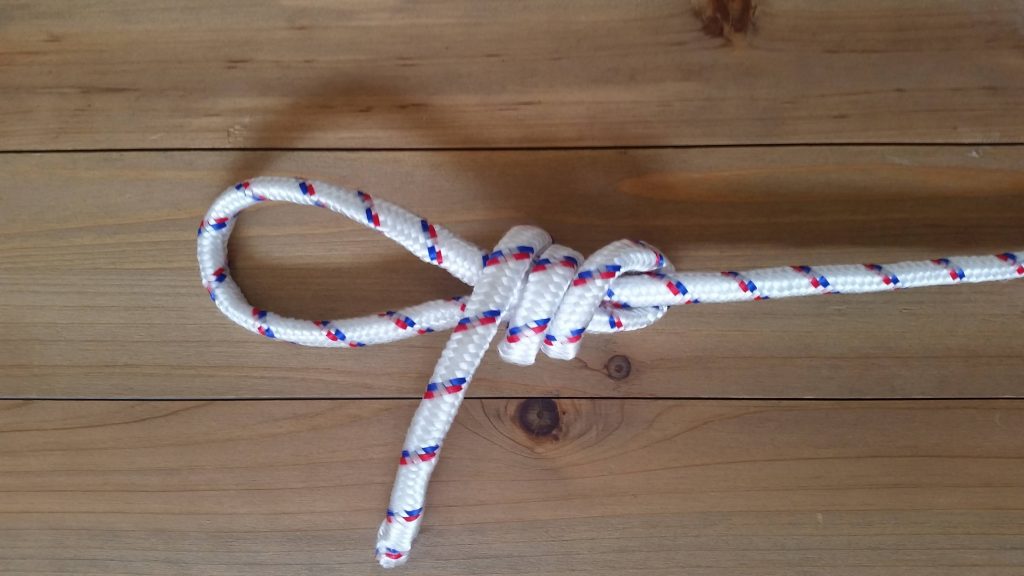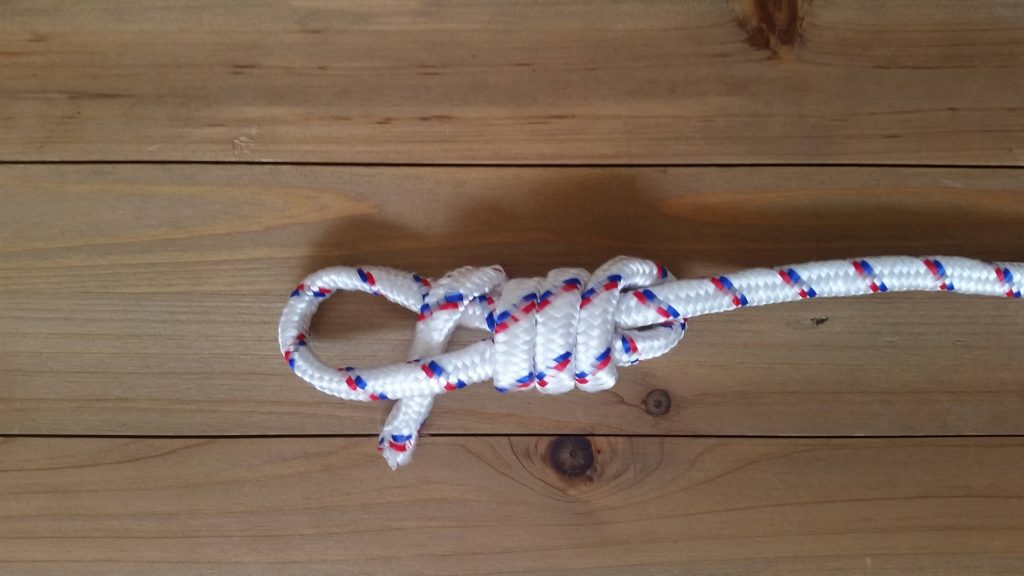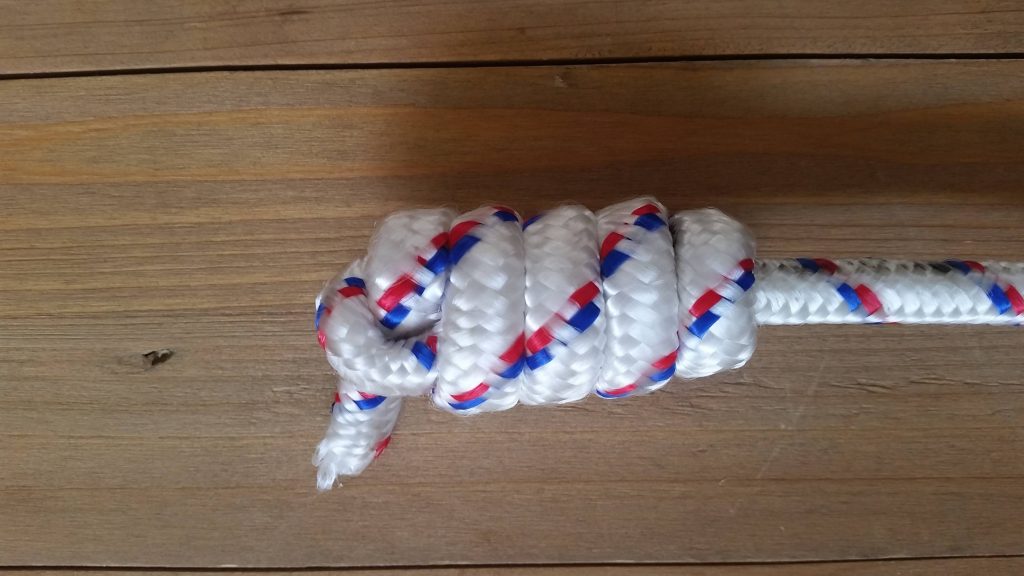The Franciscan Knot
The Franciscan knot can be categorized as a stopper or weight knot. It is quite easy to tie and is often taught to young learners early on, as its creation is satisfying. Once completed, the knot is quite bulky, making it an effective stopper knot, especially when used with complex block and tackle systems. The only slightly challenging part of tying the Franciscan knot is the final step of “tightening,” where you need to snug the loops to give it the correct shape.
In reality, it has several interesting competitors (which we’ll discuss in the coming weeks), some of which are even more effective, such as the Cappuccino, French, or Stevedore’s knots. While these types of knots now have limited use, they were once widespread on traditional ships, particularly in variations tied with ropes, cables, and hemp rigging with multiple strands.
But let’s see how to tie it step by step.
The first step is straightforward: with the working end, cross over and then pass over and under the standing part. Leave yourself a fairly long working end, as knots that wrap around themselves tend to “consume” a lot of rope.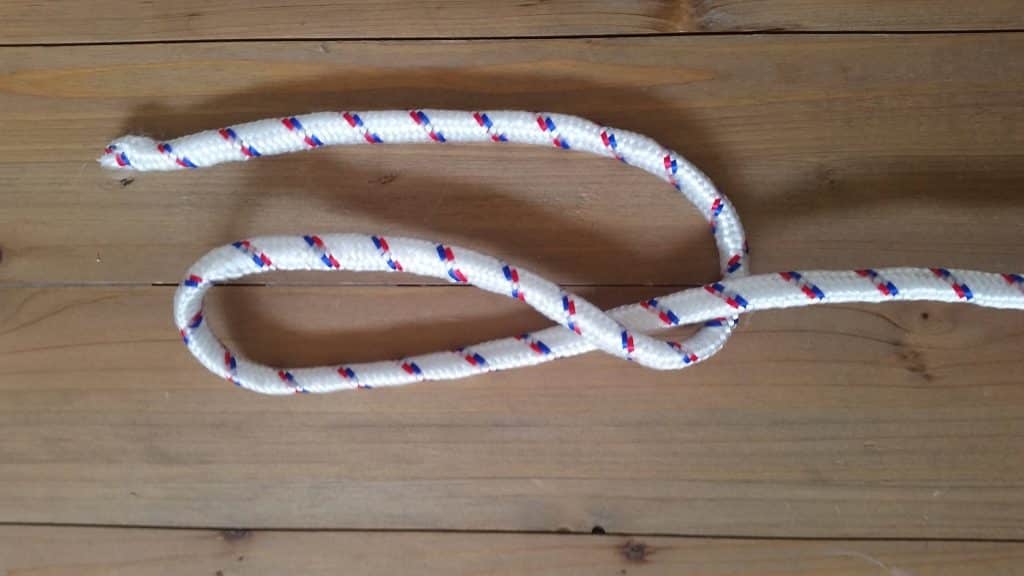
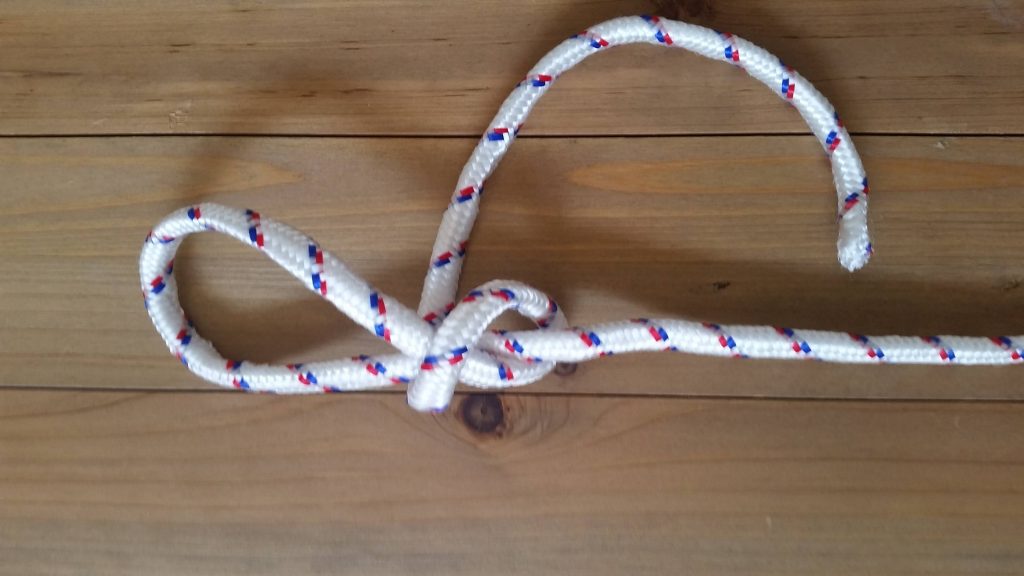
Finally, to close the Franciscan knot, you need to pass the tail of the standing part through the final loop and tighten it. The shorter this tail is, the more elegant the knot will look. Be careful not to overdo it, or the knot will unravel in your hands.

